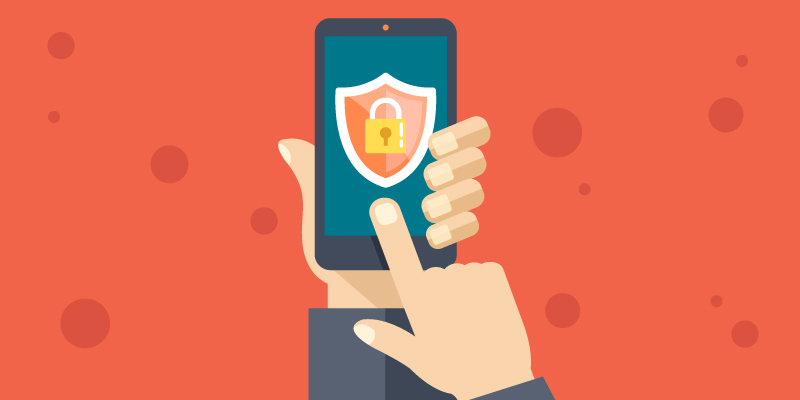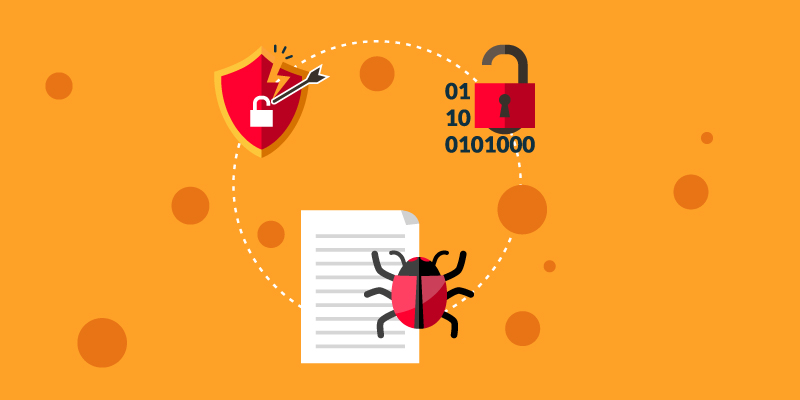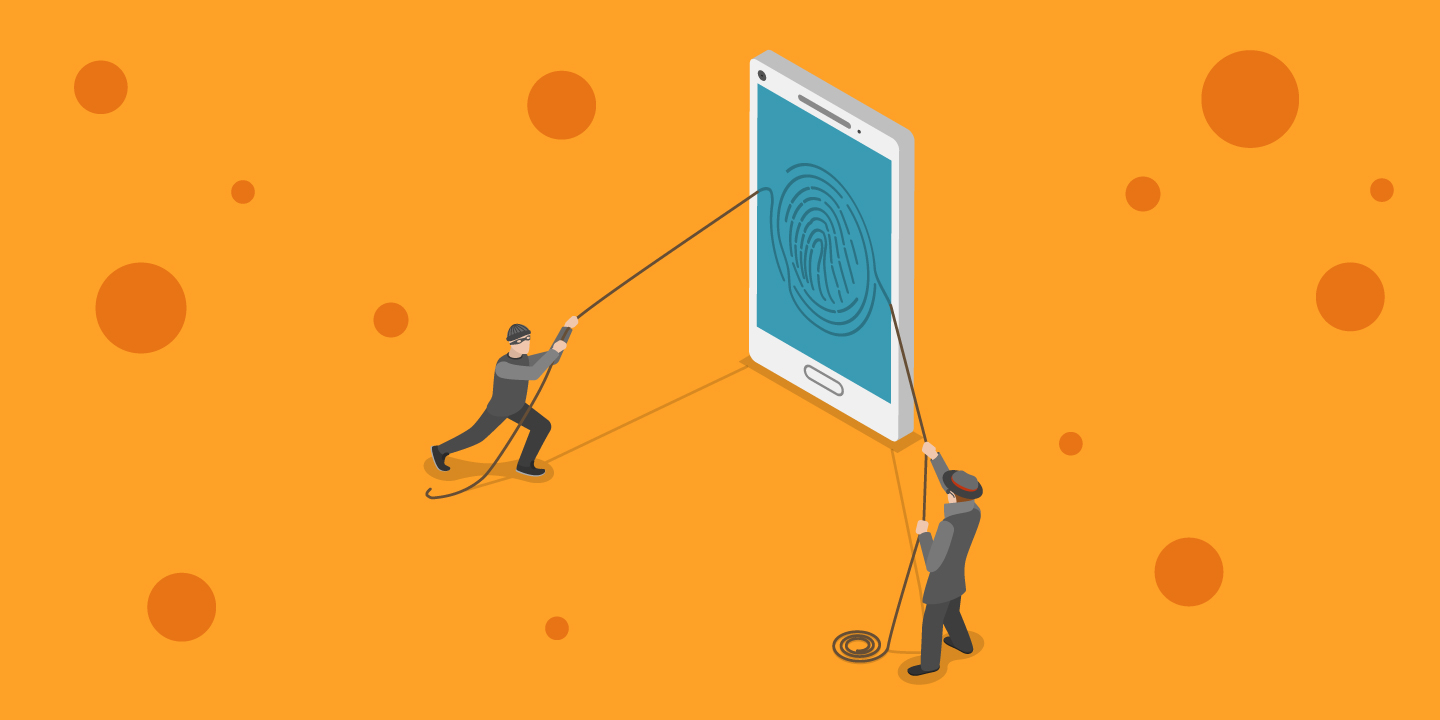Many of us at least once have had to deal with a nasty computer worm or any other kind of malware by now given the advancements in the malware technology and of course it’s not fun, it’s rather annoying as hell, resource consuming and highly irritating when your work is handicapped on an infected device.

When our devices begin to retard in their functioning or show unusual message, we are quick to diagnose a malware trouble in the device especially a virus. It may not be a virus every time but it can be safely assumed that it indeed is a malware. The culprits who top the list in this act are spies and hijackers—malware software that take control of your web browser or worse, your device’s overall operating system. Many of us had to do tons of efforts to get rid of these evil programs from our personal computers and even on work computers. Here are the top 10 tips for you on how to avoid getting your device infected by malware and keep it safe.
1. Get an Anti-Virus or Anti-Malware Software Installed.
This is that tip or trick that should be done by default in fact must go by on every device without saying. There are many devices in particular the home desktops that don’t have any kind of anti-virus or anti-malware programs installed on them. This is that layer of protection which is always a first step in keeping your device free of malware.
2. Always make sure that your Anti-Virus Software is Up to Date.

No doubt that having efficient software installed on your device is the very first step towards malware protection but keeping it up to date is an integral part of this as well. Free anti-virus software may sound like a good deal to go for but remember that most of them simply occupy a space on your device and are good as nothing. Microsoft however does give a security program for “free.” It’s free for a fact that if you have Windows on your device you are given access to the security program because you paid for the Windows license. Many users may be unaware of this software but it actually offers a good deal of protection.
3. Scan your device with your Anti-Virus Software on a strict schedule.
This also may sound like a no-brainer, but let’s be honest that many of us forget to do it or are too lazy to click that scan button. It is wise to schedule your software to run its scans on a regular basis. It is preferred to do it once every week but don’t put too long of intervals between these scans. It’s tedious to do your tasks on your device while the anti-virus is scanning. So the solution to this is that you should run the scan at night but we usually shut down our devices at night and the long due scan never sees the light of the day or the screen should we say! Then you could set your anti-virus to run on some particular nights and leave your device on that specific day but be sure it doesn’t dose off into hibernation.
4. Make sure your Operating System is latest.
Regardless of the fact that you are using Windows, Mac OS X, Linux, or the OS, always keep the version to latest. OS developers are always running into issues and release security band aids or fixes or plug the leaks. These patches allow your system to stay safe and sound just like you should keep your anti-virus software always updated.
5. Make sure your Network is secure
Many of us connect our devices to files, printers, thumb drives or to the Internet through the Wi-Fi. You should always keep your network secured by a password that is strong so it cannot be hacked. Don’t broadcast your connection as an open Wi-Fi. Try using the WPA or WPA2 encryption as WEP no longer offers the same protection since it can be by passed by smart hackers pretty easily. It’s also wise not to telecast your SSID which is essentially the name of your Wi-Fi. You can still enable it on your device, but you will have to go through the little trouble of manually entering the SSID and the password. If you always have guests over who use your Wi-Fi, then give a guest SSID with a different password to stay safe in case your guests are evil doers.
6. Before You Click, Give it a thought.
Stay away from websites that are giving pirated material. If you find an email attachment from an unknown party, never open it neither should you visit links through any unsolicited email. Always hover your cursor over a link particularly the ones with shortened URL’s to see on what page it will take you. If you do have to download something from the Internet from an email or from a file sharing service than run it over a scan before you start downloading it. A good anti-virus software should be able to do that by default but on a safe note you should make sure that it is being done.
7. Secure your Personal Information.

This is actually one of the hardest tasks to accomplish over the Internet. Many hackers can hack your files using social engineering techniques. They can get sufficient data on you to hack your online bank accounts and will hover over your sensitive data. They will jump from account to account till they have assembled enough information to hack into your bank account or to steal your complete identity. Beware on social media, keep strict privacy measures and avoid using complete name on such sites.
8. Avoid using the Open Wi-Fi Networks.
Whenever you are sitting bored at a restaurant, library, mall or the airport, never use the free Wi-Fi connections which are not protected by a password. Just think about it for a second that if you can so easily enable it, what wonders can a trained hacker accomplish?
9. Always keep a Back Up of Your Files.
One of the cautious steps you can always take is to back up your files and by files means all of them. Ideally, you should have your data in three places: your workplace, on a separate hardware, and off-site. Have all your files on your computer, make a back up on an external drive and then back them up again on a third location. You can make use of a backup service or simply two hard drives and keep one at a trusted friend’s place or with your relative or in a safe deposit box at a bank.
10. Keep Multiple and Strong Passwords.

Don’t keep the same password for everything especially your account pin number. We usually use one email ID or username for all accounts we own. All these are easy to detect and steal and if you are using the same password for all these places or on multiple things and God forbid it is discovered then it would literally take seconds to hack all your accounts. The passwords you keep must be strong; even small things like an uppercase letter or a lowercase letter might just save you. Make it easy to remember but tricky enough that no one can guess. For crying out loud don’t use birth dates, anniversaries or pet names.